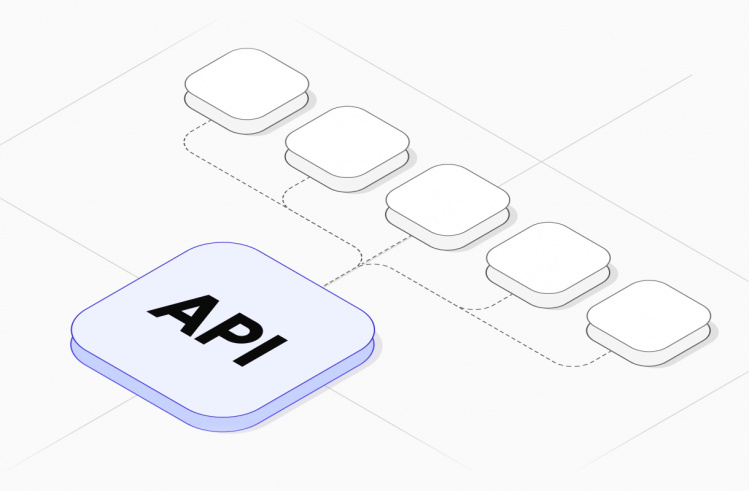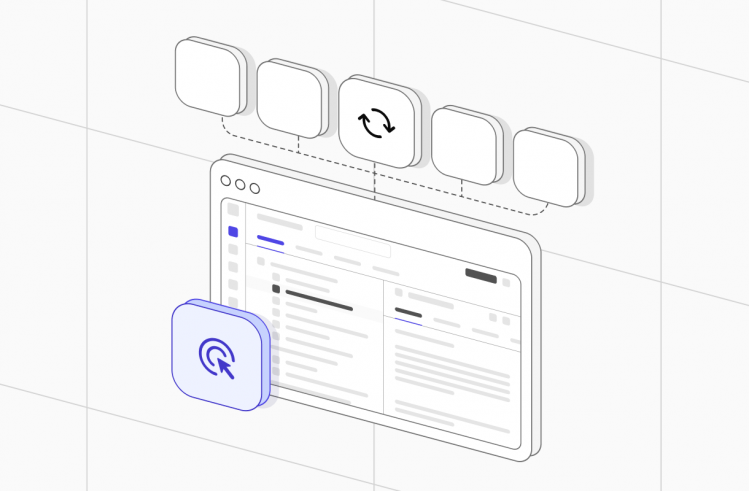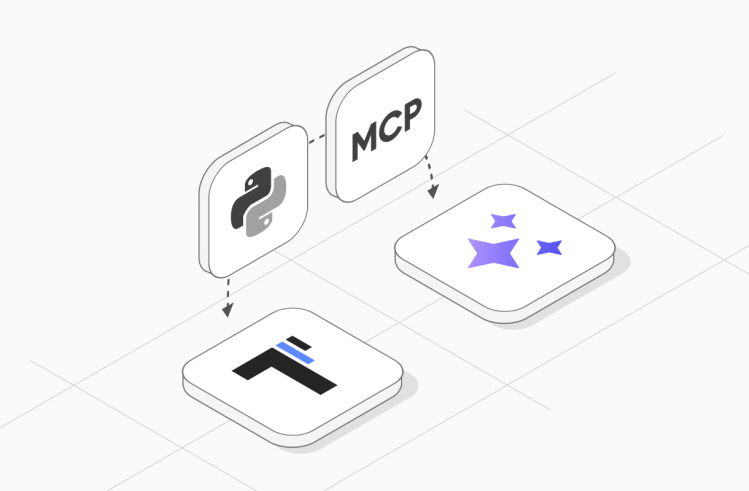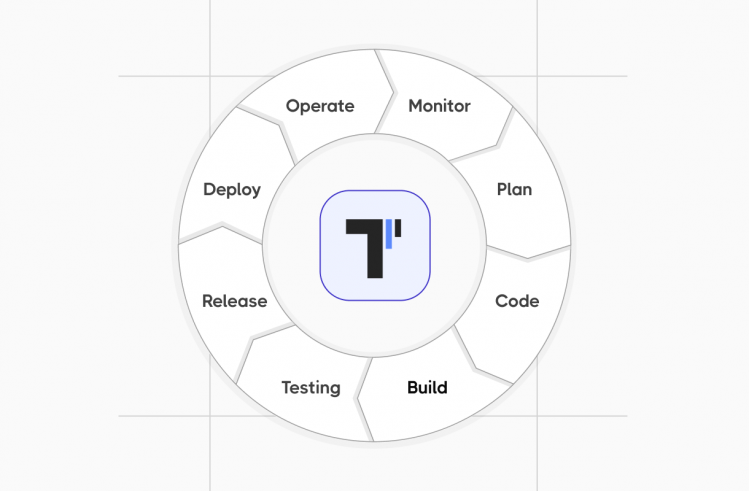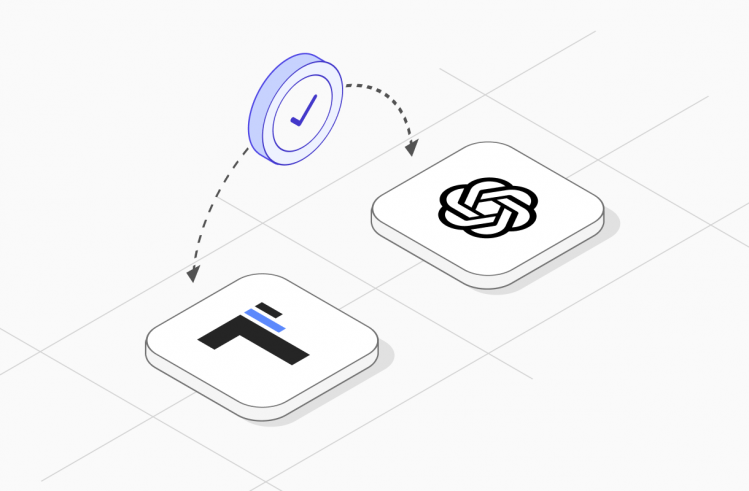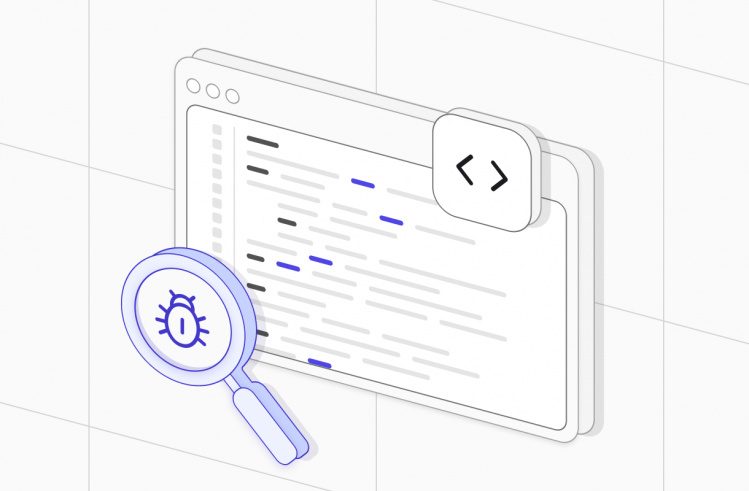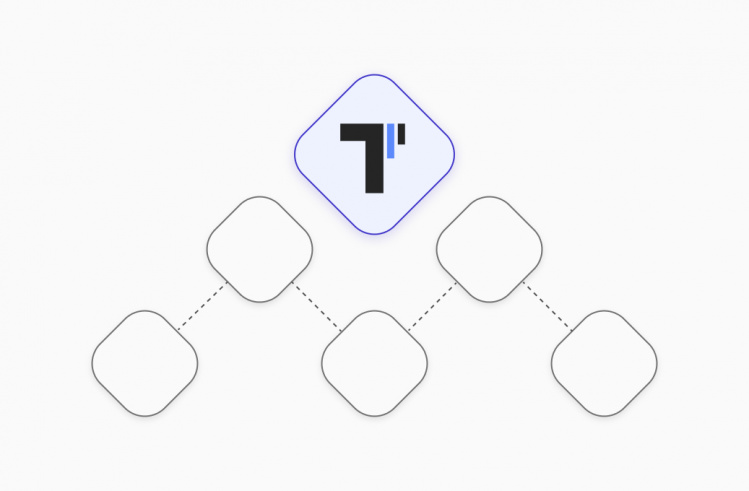Have you ever considered how to streamline cooperation, increase clarity, and improve efficiency in software development for all involved parties 🤔
👉 The solution is applying a behavior-driven development approach or BDD for short in testing practices!
This approach prioritizes building a clear comprehension of the software product’s behavior through efforts among software engineers, QA specialists, and non-technical participants like business analysts or clients.
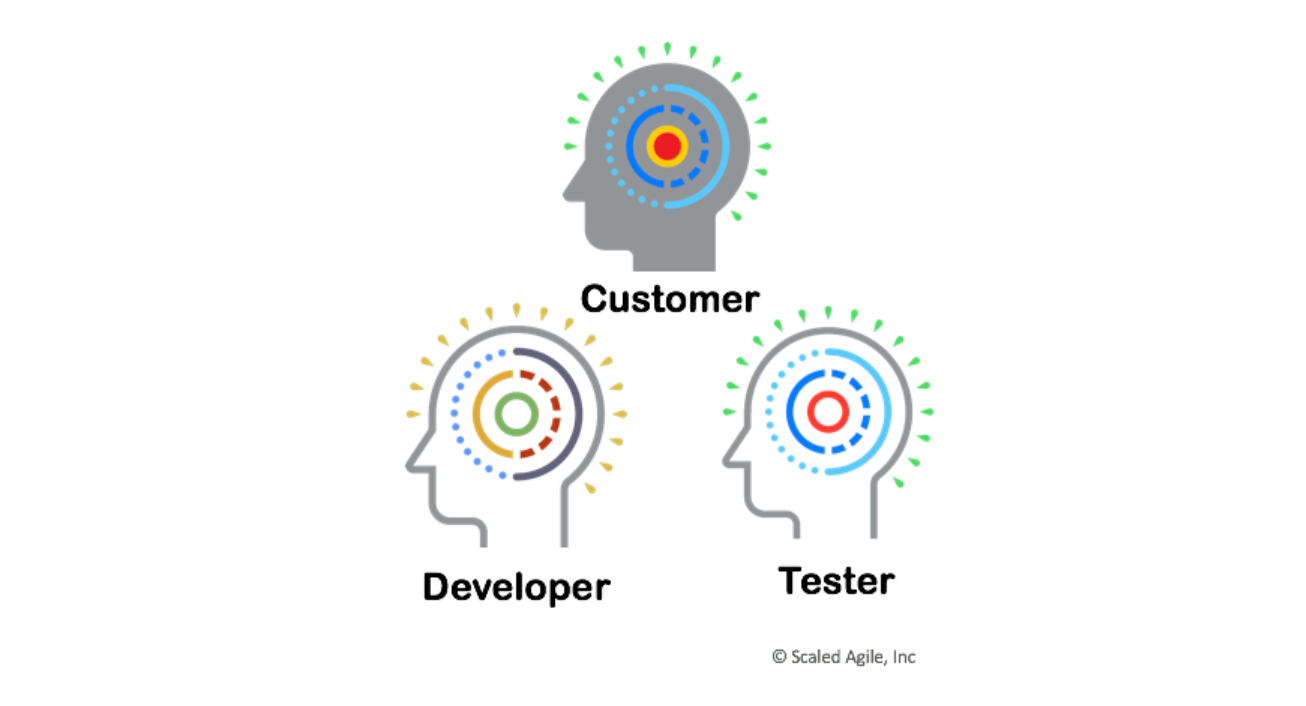
When concentrating on behavior defined through executable specifications, the BDD(Behavior Driven Development) approach fosters communication, aligns goals, and validates requirements early. Teams can avoid or prevent miscommunication and resource-intensive changes by catching issues early. With BDD implemented, everyone in the team is on the same page and works on delivering software product that meets the customer’s wants and needs.
Let’s discover how to implement BDD successfully and what benefits you can reap ⬇️
Understanding Behavior Driven Development BDD: Definition, Key Principles and Components
Initially evolved from the test-driven development (TDD) approach, behavior-driven development (BDD) has a focus on the end-user perspective and their interaction with the product. By fostering teamwork among developers, QA teams, and business stakeholders, BDD establishes a great understanding of the desired software behavior within the Agile framework.
By employing the human-readable Gherkin language, teams can articulate system behavior and expected outcomes in plain English.
BDD scenarios, constructed using Gherkin’s Given-When-Then format, bridge the gap between business requirements and tech implementation. These specifications enable development teams to validate software functionality against defined expectations through automation. The next we overview a typical elements of Gherkin specification:
- Feature: A high-level description of a software feature.
- Scenario: A specific situation or use case for the software.
- Given, When, And, Then: Steps used to describe the scenario.
And now we take a closer look at how BDD works in practice. Also, you can find more information about BDD here
Feature: Money Transfer As a bank customer I want to transfer money to another account So that I can pay my bills Scenario 1: Successful Money Transfer Given the user is logged into their online banking account And the user has enough balance in their account When the user initiates a transfer of $150 to another account Then the transfer should be successful And the user's account balance should be reduced by $150 And the recipient's account balance should be increased by $150 Scenario 2: Insufficient Balance for Transfer Given the user is logged into their online banking account And the user does not have enough balance in their account When the user attempts to transfer $150 to another account Then the transfer should be declined And the user should see an error message indicating insufficient funds
As you see, BDD tests and user stories are closely related and work together to guarantee that software development teams build the right features and functionalities that meet the needs of the users.
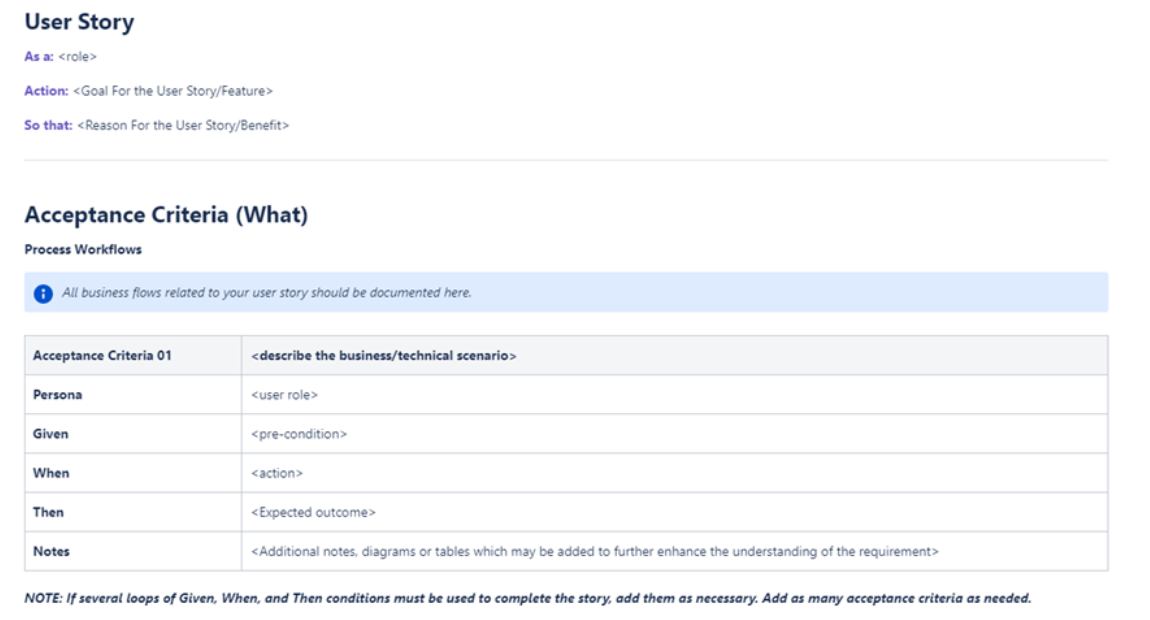
Using Given-When-Then clauses in BDD test cases, teams can define the initial state, actions, and expected results. Derived from user stories, BDD test cases provide a more detailed specification of the desired behavior.
The BDD Cycle: A Three-step Approach
Generally, behavior-driven development or BDD encompasses three phases – discovery, formulation, and automation.
👀 Let’s take a closer look at these BDD steps below:
#1: Discovery
Teams collaborate to discover and understand the real business needs behind a user story or feature. Through open dialogue with clients, they explore real-world examples of user and system interactions. During the Three-Amigos workshop, they aim to better understand business and customer needs and identify/correct misunderstandings that would usually appear much later in the development cycle. Overall, the discovery phase requires strong teamwork to come up with acceptance criteria based on product type, key features, target audience, and other factors.
#2: Formulation
Before development starts, the team works together to create behavior-driven development scenarios or acceptance tests grounded in the established initial acceptance criteria. They are written to not only test the feature but document the system behavior and business rules. With a structured language called Gherkin, teams articulate these requirements in business terms.
#3: Automation
Before or during the actual development, team members automate these executable behavioral specifications, wiring them to the production code and turning them into working automated tests. When requirements are expressed in a business-friendly format, they can be automated using BDD tools and frameworks. These tests are typically executed as part of the automated build process and integrated into the CI\CD pipeline. Once all automated acceptance criteria are successfully validated, the feature is ready for deployment.
#4: Implement Continuous Integration (CI)
Continuous integration provides tracking of all changes and ensures the project remains up-to-date. CI systems run automated tests with each code change, enabling teams to quickly identify and address issues before they become significant problems.
Implementing BDD in an Agile Environment
Thus in visualization, Behavior-Driven Development (BDD) in an Agile environment looks at follow pic:
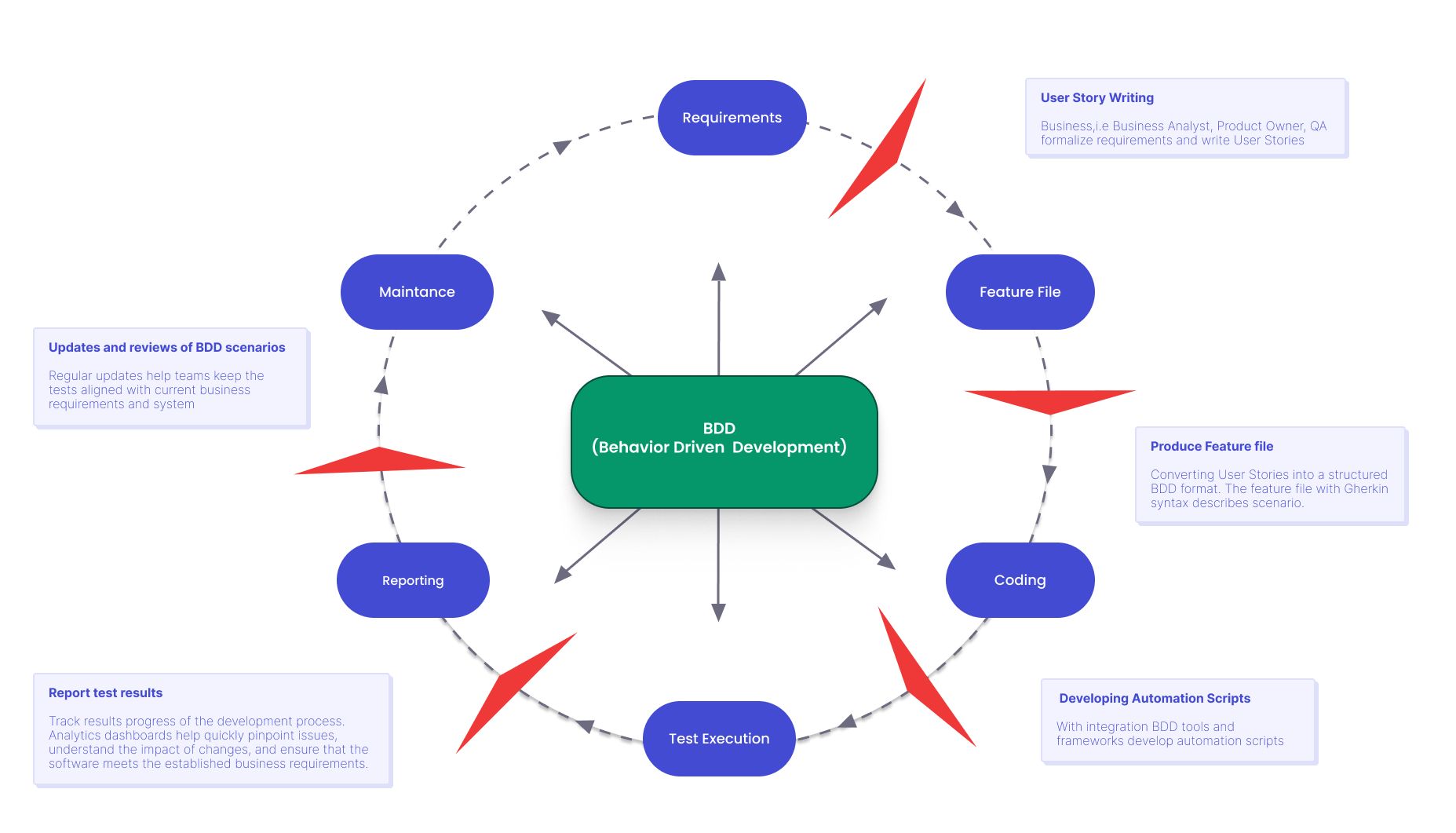
Different interesting approach to Agile architecture suggest Christophe le Coent. Espesially, he emphasize the context importance. The next illustration showcases DDD model of the domain and identifies key concepts, ensuring that the technical design aligns with business needs as BDD is employed to define executable specifications for user stories.
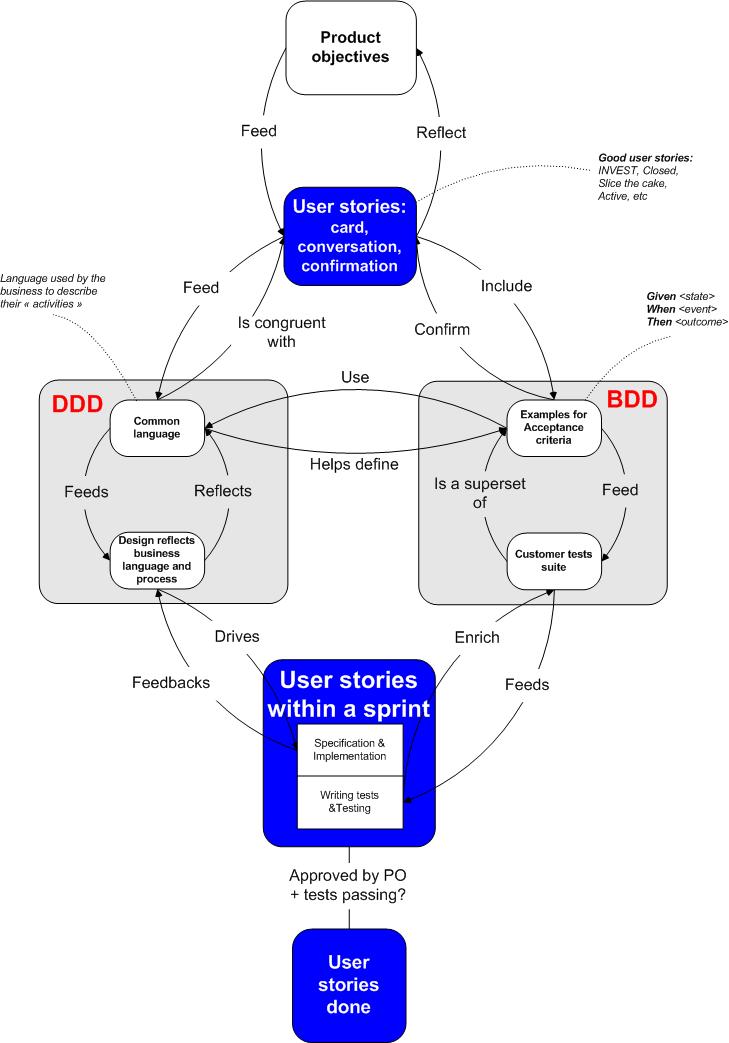
Why Choose BDD in the software development process?
There are a few reasons why teams may opt for a behavior-driven development process in their software development lifecycle:
- Teams are more focused on defining the application’s behavior and business logic rather than the implementation details.
- Teams better understand project requirements in the form of user stories that reduces misunderstandings and in turn delays.
- Teams can write automated acceptance tests that are more maintainable and easier to understand.
- Teams can get early feedback on the app’s behavior and prevent bugs from escalating.
- When using a business-friendly format to describe software behavior, teams can improve collaboration between technical and non-technical stakeholders for better alignment and problem-solving.
So, when a QA team decides to implement behavior-driven development, they also should take into account the following factors – project complexity, team collaboration, stakeholder involvement, test automation, current tools and processes, and project timeline to make an informed decision.
BDD and Agile: A Good Fit for Efficient Testing
A mix of behavior-driven development (BDD) and Agile creates a powerful combination that improves testing efficiency in the development pipeline. By merging these approaches, teams cultivate a culture of clarity, cooperation, and continuous improvement. Both BDD and Agile are fundamentally centered on delivering value to end-users through iterative processes. Let’s reveal how BDD augments Agile principles:
- Alignment with Agile Values. BDD supports Agile methodology values like cooperation, user focus first, and adaptability to change. By involving stakeholders in defining behavior, BDD guarantees that the product aligns with customer needs.
- Supporting Agile Ceremonies. BDD can enhance sprint planning, daily stand-ups, and retrospectives incorporated in Agile methodology. For example, BDD scenarios refine user stories in sprint planning and inform retrospective discussions on failed scenarios.
- Continuous Improvement. BDD’s focus on behavior and outcomes encourages a mindset of continuous improvement. By regularly reviewing and refining BDD scenarios, teams can identify areas for further improvements and optimization.
With that in mind, you should take into account that behavior-driven development is not just about testing:
- Behavior-driven development process includes test automation ⚙️ You shouldn’t forget that BDD’s core focus is always on driving cooperation and understanding between all team members engaged.
- BDD process is suitable for projects of all sizes – from small to large-scale projects.
- You should consider BDD as an investment, not a cost – if used properly, you can benefit from improved quality, reduced issues, and increased efficiency often outweigh the upfront costs.
Popular BDD Frameworks and Tools
Here’s a high-level view of the BDD tools at a glance:
 |
Open-source BDD framework that supports various programming languages, integrates with various testing frameworks, supports Gherkin syntax |
 |
.NET-based BDD tool powered with Gherkin syntax that offers strong support for data-driven testing |
 |
Java-based flexible BDD framework with a focus on story-based development |
 |
Java and JavaScript BDD framework that combines BDD with acceptance test-driven development (ATDD), provides rich reporting and traceability |
 |
The creation BDD test cases as Feature file is an entry point, the ability to automatically generate technical and end-user documentation from BDD specifications, powerful test management, sync test automation and linking with requirements. |
 |
An open-source testing framework that supports multiple programming languages, cross-platform compatibility, offers data tables and CSV support and works seamlessly with Behavior Driven Development (BDD). |
 |
Open-source framework designed for API automation and powered with Gherkin syntax to make test creation intuitive for both teams – technical and non-technical |
When choosing a BDD tool, you need to consider factors like the programming language of your project, the complexity of your tests, and the tool’s features, including support for parallel testing, reporting capabilities, and compatibility with other testing frameworks. Remember, the right tool can make implementing BDD hassle-free and more efficient.
Benefits & Limitations Behavior-Driven Development In Agile
With BDD, the potential benefits for businesses are significant. However, it’s essential to approach BDD with a well-thought-out strategy and organizational alignment. Without careful planning, BDD initiatives can become costly and unproductive.
| BDD Benefits ✅ | BDD Limitations ❌ |
| BDD allows teams to better communicate and align goals among all parties involved | Teams may require time and effort to adopt new BDD tools and processes |
| BDD allows teams to validate requirements early in the process to prevent or reduce defects and higher-quality software | Teams may find BDD time-consuming due to the effort to write detailed scenarios and maintain them up-to-date as requirements evolve |
| BDD allows teams to launch products faster through automation and reduced rework due to clear requirements | Teams may need additional time and effort to master BDD principles and tools |
| BDD allows teams to create living documentation for carrying out automated testing and to achieve increased test coverage | Teams need time to regularly review and update documentation that slows down the development process |
| BDD allows teams to detect potential issues/anomalies early through the collaborative definition of requirements | Ineffective cooperation among involved parties contributes to failures in the BDD realization. |
BDD Best Practices
When practicing behavior-driven development, here are some best practices that can help teams implement it effectively:
- Common Language and Glossary. Teams should use common business-friendly language to create a glossary of business terms for a more precise understanding of project requirements.
- Developing User Stories and Scenarios. Teams should create user stories based on the desired behavior from the end user’s perspective, break them down into specific scenarios, and write scenarios in a structured format like Given-When-Then. It’s essential to remember that each scenario should cover exactly one behavior.
- Ongoing Collaboration. Teams should regularly review and update scenarios/specifications with stakeholders to keep everyone aligned and address any changes or misunderstandings.
- Focus on Business Value. Teams should prioritize scenarios and features based on their business value to test the most critical and high-value scenarios first.
- Continuous Integration. Teams can incorporate BDD tests into the CI\CD pipeline to run automated BDD tests frequently and provide rapid feedback on the system’s behavior.
- Test Management Integration. Teams can integrate BDD with test management systems like testomat.io to better manage and organize test data required for BDD scenarios.
- Embracing Feedback. Teams should get regular feedback from business stakeholders, QAs, BAs, devs, and end users to make appropriate improvements or changes.
In addition to that, you should remember that BDD aims to enhance cooperation among team members. That’s why created scenarios should be simple, clear, and easily comprehensible to all stakeholders.
Bottom Line: Ready to use BDD?
BDD is an agile-based development approach with a focus on building software products from a customer’s viewpoint. Instead of just developing a set of features, teams can emphasize characteristics that are well-suited for use cases. Additionally, if you prefer a collaborative approach or aim to create a customer-centric and market-driven product, behavior-driven development should be your top choice.
👉 Book a Demo of our test management system if you want to implement BDD today and we showcase how you can make it the best for your team and your product.


